Understand the Reasons Behind a Blown Fuse Box and Their Implications
A fuse box can experience failure for various reasons, such as overloaded circuits, short circuits, malfunctioning appliances, or the natural wear and tear of components due to age. Older fuse boards, particularly those utilizing ceramic fuses, are at an increased risk of failure as they reach the end of their lifespan. A blown fuse acts as an essential alert that the electrical system has surpassed its safe operational threshold, making it crucial to conduct an immediate inspection to prevent further complications and ensure electrical safety.
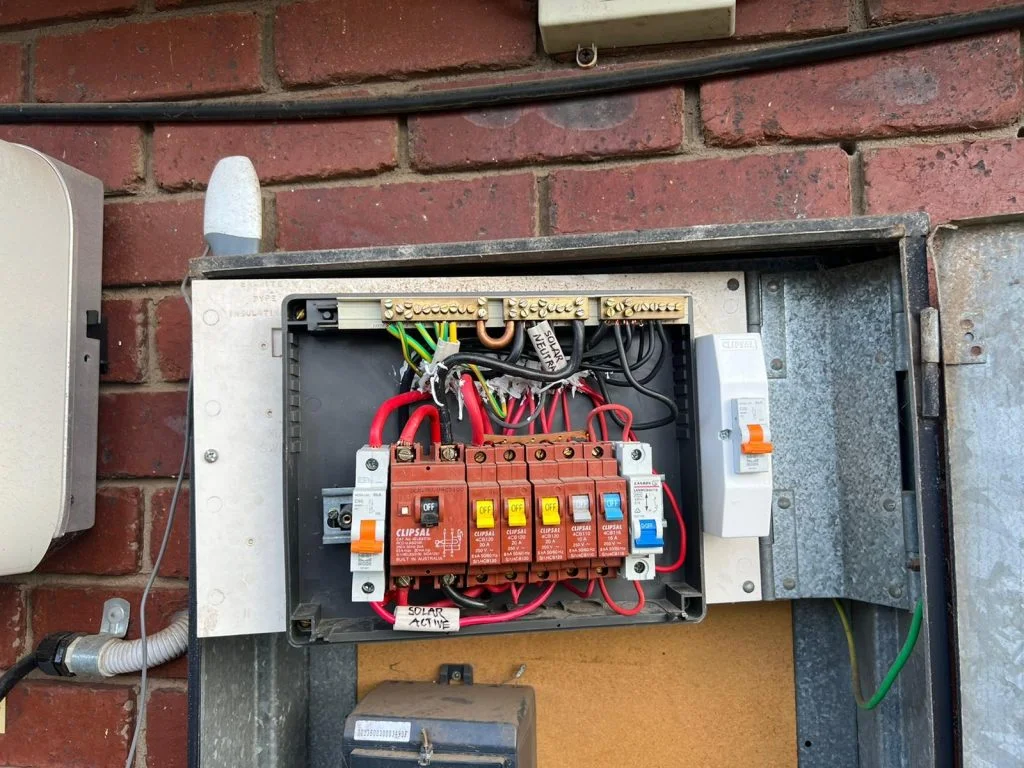
A Blown Fuse Box: An Indication of Serious Electrical Issues Beyond Just Power Interruptions!
Homeowners in Melbourne’s western suburbs frequently contact us when they encounter unexpected power outages. Whether caused by burnt wiring, melted electric tape, or frequent circuit interruptions, it’s vital to comprehend the root causes for safety and functionality. This article aims to deliver an in-depth exploration of the various issues that may impact your electrical system and outline the optimal steps to take for restoring both safety and operational efficiency in your home.
1. Spotting the Critical Warning Signs of a Blown Fuse Box
While not every power interruption directly points to a malfunctioning fuse box, there are particular signs to be vigilant for. Key indicators include:
- Partial or complete loss of power throughout your residence
- Inability to reset one or more circuits following a trip
- Odor of burning plastic near the fuse box, which may suggest overheating
- Visible black scorch marks or melted plastic around the fuses, indicating damage
- Ceramic fuse wire that has snapped or completely deteriorated
If you’re unsure about the state of your fuse box, our Emergency Electricians are available on standby, prepared to inspect, repair, or safely replace any faulty components, ensuring your electrical system functions effectively and securely.
2. Uncovering the Common Causes of a Blown Fuse
Overloading Circuits with Multiple High-Demand Appliances
Operating too many high-draw appliances on a single circuit can easily exceed the amp rating of the fuse. For example, using your oven, kettle, and toaster simultaneously can create an overload scenario. This situation puts unnecessary strain on the fuse, raising the likelihood of it blowing and potentially creating a fire risk in your home.
Understanding Short Circuits Caused by Damaged Wiring
A short circuit can occur if there’s damaged wiring or a faulty appliance that diverts electrical current away from its intended route. This condition can lead to an immediate fuse blow or a circuit breaker trip, creating an urgent situation that requires the immediate attention of a certified electrician to rectify any issues safely.
Degradation of Components Due to Aging
Over time, older ceramic fuses may suffer from corrosion, loosening, or general deterioration. As heat builds up from inefficient electrical flow, the fuse can ultimately burn out, indicating an urgent need for replacement and potentially necessitating upgrades to modern safety standards for improved reliability.
Problems Arising from Improper Fuse Wire Installation
It’s not uncommon to find incorrect wire ratings in fuse installations—whether too weak, leading to frequent blowouts, or too strong, which can pose significant dangers by failing to adequately protect the circuit. Ensuring the proper type of fuse wire is installed is crucial for maintaining both safety and optimal functionality.
-
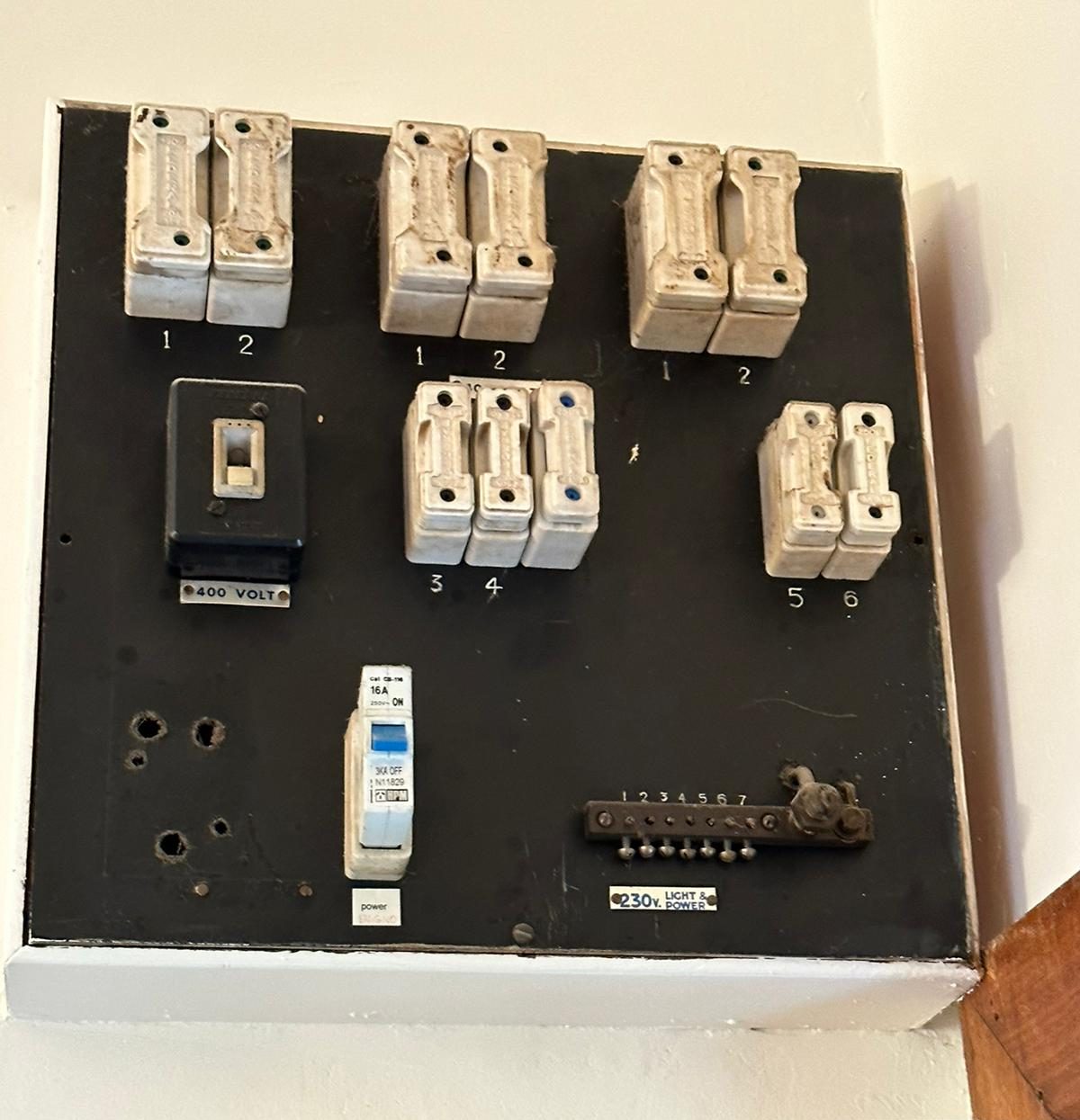 Old Ceramic Plugs
Old Ceramic Plugs -
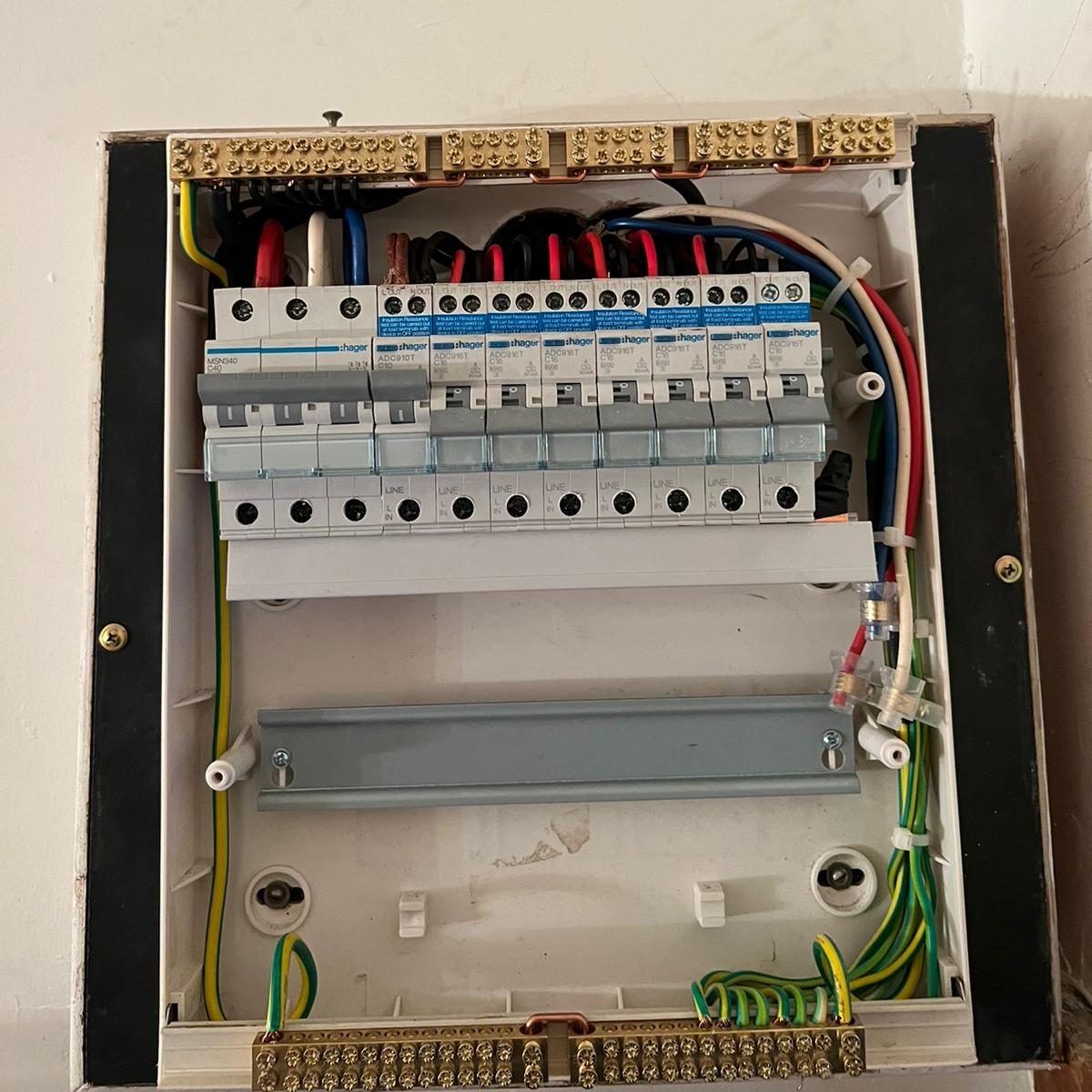 Now Upgraded
Now Upgraded
3. Evaluating Safety Features: Ceramic Fuses Versus Modern Circuit Breakers
If your residence still depends on ceramic plug-in fuses, it is vital to contemplate a switchboard upgrade. Ceramic fuses are:
- Slower to respond in the event of a fault
- More susceptible to unsafe bypassing by users
- Prone to user errors, such as improper fuse wire installations or inadequate connections
- Offer no protection against electric shocks, putting users at risk
Conversely, modern switchboards utilize circuit breakers and RCDs (Residual Current Devices). These advanced devices trip automatically and can reset quickly without the need for physical wire replacement. If your fuse box resembles an outdated model from the 1970s, it is undoubtedly time for a Switchboard Upgrade to significantly enhance both safety and functionality within your home.
4. Essential Steps to Take When Encountering a Fuse Box Issue
If you’re only facing a tripped breaker, consider following these recommended steps:
- Unplug all appliances connected to that particular circuit to reduce the load
- Carefully attempt to reset the switch
- Gradually reconnect devices one at a time
- If the breaker trips again, leave it off and reach out to us for immediate assistance
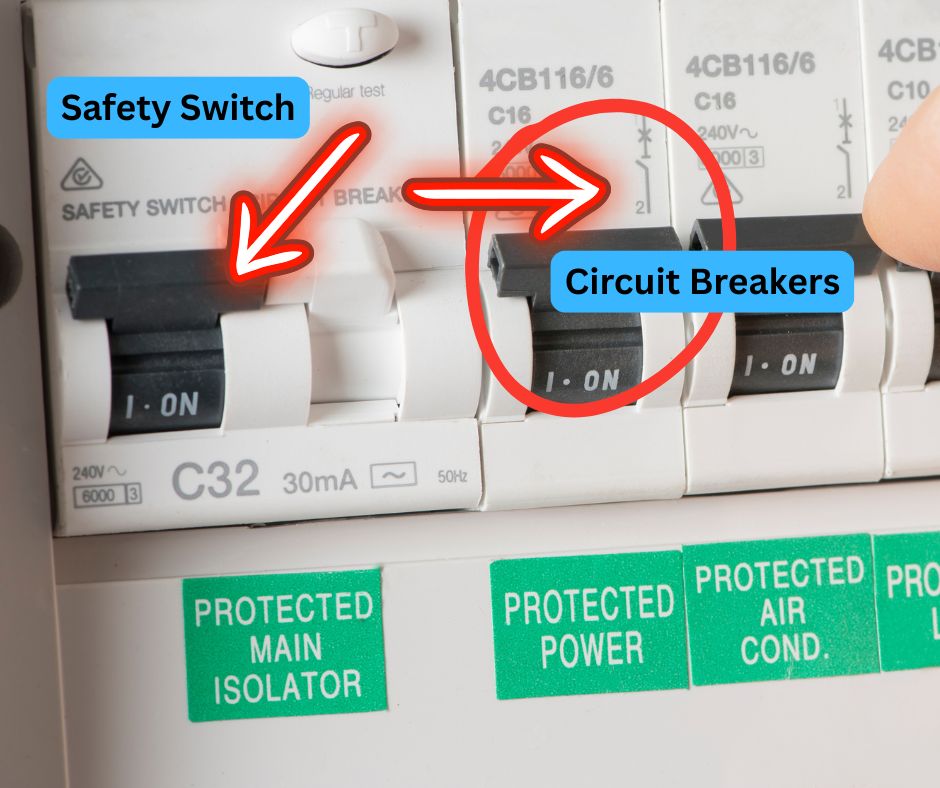
What Actions to Take When Dealing with a Ceramic Fuse Issue
- Do NOT attempt to replace the fuse wire unless you are a licensed electrician, as this can be hazardous
- Steer clear of any DIY repairs, as they present safety risks and may violate regulations
- Switch off the power at the main switch and contact Electrx for professional assistance
5. Our Comprehensive Approach to Repairing Blown Fuse Boxes
Our team of professionals will initiate the process by isolating the fault and conducting thorough circuit tests using safe, industry-standard tools. Our systematic methodology includes:
- Determining the exact cause behind the blown fuse
- Testing appliances to assess if they are contributing to the problem
- Replacing any burnt or damaged fuse carriers
- Upgrading to a circuit breaker or RCBO when applicable
- Issuing a Certificate of Electrical Safety for all completed work to ensure compliance with regulatory standards
If your fuse board is outdated, we will discuss options for modernizing it, incorporating RCD protection, and optimizing circuit layouts for enhanced safety and efficiency in your home.
When is it Necessary to Contact a Certified Electrician?
Experiencing a blown fuse once may simply indicate a stroke of bad luck. However, if this issue recurs or if your fuse box shows significant signs of aging, it is crucial to take proactive measures. Reach out to Electrx for a comprehensive inspection of your system, to identify any existing faults, and to ensure that the problem is resolved effectively on the first visit. We are dedicated to ensuring that your power runs smoothly while keeping your home safe and secure.
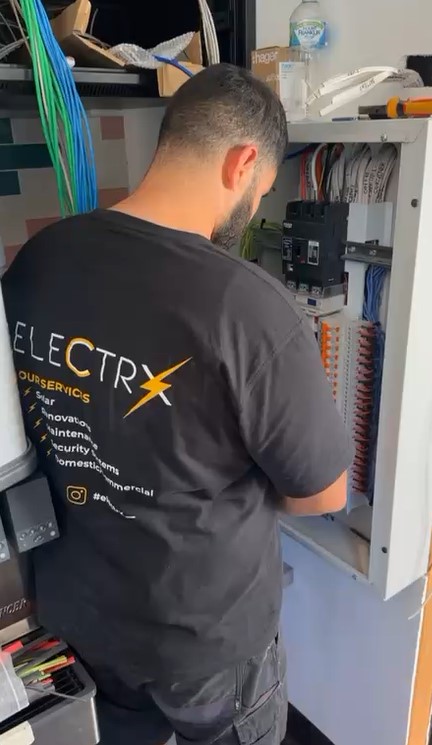
Request Your Free Quote Today!
Discover Our Complimentary Electrical Inspections

Common Questions Regarding Blown Fuse Boxes and Their Challenges
Can I replace a fuse wire myself?
NO. In Victoria, replacing or rewiring ceramic fuses is considered electrical work and must be performed by a licensed electrician to ensure safety and compliance with regulations.
Is a blown fuse dangerous?
Yes, it can be particularly hazardous if the cause is a short circuit or overload. If left unresolved, these issues can escalate into severe fire risks or electric shock dangers.
What is the typical cost to repair a blown fuse box?
Basic repairs usually start from a few hundred dollars. If a complete upgrade is required, we will provide you with a clear, fixed quote before starting any work.
Do you provide after-hours emergency services?
Yes, we offer 24/7 emergency services to address blown fuses and restore your power safely and efficiently.
Get Your Free Quote Today!
Ask About Our Complimentary Electrical Inspections

The Article: Blown Fuse Box: Essential Tips and Next Steps first appeared on https://writebuff.com
The Article Blown Fuse Box: Key Tips and Actions to Take Next Was Found On https://limitsofstrategy.com

